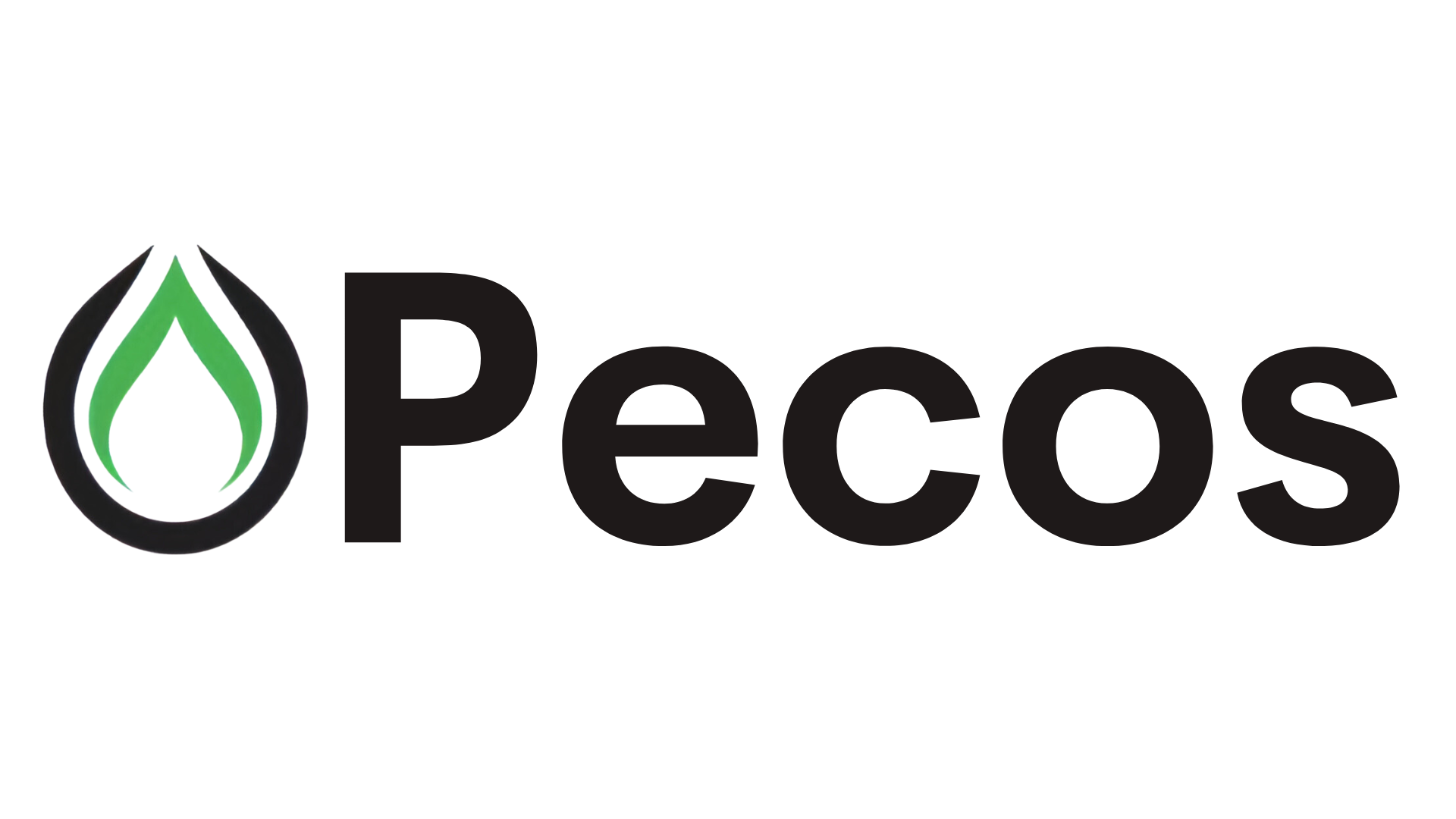Energy News Beat
ENB Pub Note: The last portion of this article is from the EIA weekly shipping reports. I added the summary of the key companies and destinations for an overall view of the LNG export market in the US. The US had 27 shipments this week.
-
Cheniere Energy
-
Facilities:
-
Sabine Pass LNG (Louisiana): 30 MT per annum (mtpa), ~4 billion cubic feet per day (Bcf/d). Largest U.S. terminal, fully operational with six trains.
-
Corpus Christi LNG (Texas): 15 mtpa (2 Bcf/d), with Stage 3 expansion (10 mtpa) starting in late 2024.
-
-
Export Volume (2024): ~72 MT across ~1,000 cargoes, making Cheniere the largest U.S. LNG exporter.
-
Destinations and Customers:
-
Europe (55%): Key destinations include the Netherlands, France, UK, Spain, and Turkey. Major customers include European utilities and traders like Galp Energia (Portugal, 0.5 mtpa for 20 years).
-
Asia (34%): South Korea, Japan, China, and India. Notable contracts include sales to South Korea (7.3% of 2022 exports) and Japan (5.2%).
-
Latin America/Middle East (11%): Brazil (first U.S. LNG cargo in 2016), Jordan, Egypt.
-
-
Details: Cheniere’s Sabine Pass was the first U.S. terminal to export LNG to non-Free Trade Agreement (FTA) countries in 2016. Its flexible “free on board” contracts allow buyers to redirect cargoes globally, enhancing market reach.
-
-
Freeport LNG Development
-
Facility:
-
Freeport LNG (Texas): 15 mtpa (2 Bcf/d), second-largest U.S. exporter. Expansion to 20 mtpa planned.
-
-
Export Volume (2024): Significant contributor to U.S. exports, though exact volumes not specified (part of 88.3 MT total).
-
Destinations and Customers:
-
Europe: Major buyer, with 61% of U.S. LNG exports in December 2024, including Germany ($1.92 billion, 9.61 million cubic meters in 2023).
-
Asia: 26.6% of exports in December 2024, including Japan ($2.09 billion, 13.37 million cubic meters in 2023) and South Korea ($1.96 billion, 12.65 million cubic meters).
-
Other: Turkey ($1.04 billion, 5.62 million cubic meters in 2023).
-
-
Details: Fully operational since 2023 post-2022 fire. Uses electric motor-driven technology, emphasizing environmental stewardship.
-
-
Venture Global LNG
-
Facilities:
-
Calcasieu Pass LNG (Louisiana): 10 mtpa (1.3 Bcf/d), operational since 2023.
-
Plaquemines LNG (Louisiana): 20 mtpa (2.7 Bcf/d) across Phases I and II, first LNG in late 2024.
-
-
Export Volume (2024): Significant growth with Plaquemines startup, contributing to December 2024’s 8.5 MT record.
-
Destinations and Customers:
-
Europe: Netherlands, France, UK (35% of U.S. exports in 2023).
-
Asia: Japan, South Korea (0.8 Bcf/d each in 2023), Philippines, Vietnam (new importers in 2023).
-
Latin America: Brazil, Argentina.
-
-
Details: Modular, mid-scale design at Calcasieu Pass enables rapid scaling. Plaquemines is one of the largest new projects, boosting U.S. capacity.
-
-
Sempra Energy
-
Facilities:
-
Cameron LNG (Louisiana): 12 mtpa (1.6 Bcf/d), with Phase 2 expansion (6.75 mtpa) underway.
-
Port Arthur LNG (Texas): 13 mtpa (1.8 Bcf/d) for Phase I, first LNG by 2027.
-
-
Export Volume (2024): Contributes to U.S. total, with Cameron LNG exporting to Japan and India under long-term contracts.
-
Destinations and Customers:
-
Europe: Germany (new FSRUs in 2023), Netherlands.
-
Asia: Japan, India, South Korea.
-
Middle East: Jordan, Egypt.
-
-
Details: Sempra’s Energía Costa Azul LNG (Mexico, 3 mtpa) supports U.S. gas exports to Asia without Panama Canal transit, reducing costs.
-
-
TotalEnergies
-
Facilities:
-
Cameron LNG (Louisiana): 16.6% stake, exporting >4 mtpa.
-
Sabine Pass, Freeport, Corpus Christi: Offtakes LNG from these terminals.
-
Rio Grande LNG (Texas): Partner with NextDecade, targeting >15 mtpa by 2030.
-
-
Export Volume (2024): >10 MT annually, largest U.S. LNG exporter since 2021.
-
Destinations and Customers:
-
Europe: Secures gas supply for European markets, leveraging new regasification capacity (e.g., Netherlands’ Gate LNG).
-
Asia: Alternative to coal for Asian customers, including Japan, South Korea.
-
-
Details: Focuses on cleaner energy, using LNG-fueled tankers to reduce emissions. Strategic investments enhance its U.S. LNG portfolio.
-
-
Dominion Energy
-
Facility:
-
Cove Point LNG (Maryland): 5.25 mtpa (0.7 Bcf/d), bi-directional capability.
-
-
Export Volume (2024): Smaller contributor (~5.1 MT in 2022), impacted by 2023 maintenance.
-
Destinations and Customers:
-
Asia: Long-term contracts with Japan, India.
-
Europe: UK, Netherlands.
-
-
Details: Smaller-scale terminal with no major expansions planned.
-
-
Kinder Morgan
-
Facility:
-
Elba Island LNG (Georgia): 2.5 mtpa (0.3 Bcf/d), modular design.
-
-
Export Volume (2024): Minor contributor to U.S. total.
-
Destinations and Customers:
-
Europe: France, Spain.
-
Asia: South Korea, Japan.
-
-
Details: Small-scale, no significant expansion plans.
-
-
NextDecade (Emerging Player)
-
Facility:
-
Rio Grande LNG (Texas): 17 mtpa (2.3 Bcf/d) for Phase I, first LNG by 2027.
-
-
Export Volume (2024): Not yet operational, but pre-FID contracts secured.
-
Destinations and Customers:
-
Asia: Aramco (Saudi Arabia) and ADNOC (UAE) have offtake agreements.
-
Europe: Potential contracts pending FID.
-
-
Details: Partners with TotalEnergies and GIP. One of the largest greenfield projects.
-
-
QatarEnergy/ExxonMobil (Joint Venture)
-
Facility:
-
Golden Pass LNG (Texas): 15 mtpa (2 Bcf/d), first LNG expected late 2025–early 2026.
-
-
Export Volume (2024): Not yet operational.
-
Destinations and Customers:
-
Europe: QatarEnergy to offtake 70% of LNG for European markets.
-
Asia: Potential buyers in Japan, South Korea.
-
-
Details: Significant economic impact expected in Texas.
-
-
Europe (55% of Exports, ~48.6 MT):
-
Key Countries:
-
Netherlands: Largest importer in 2023 (part of 35% with France/UK), driven by Gate LNG terminal expansion and new FSRUs.
-
France: ~15% of U.S. LNG in 2022, major buyer in 2024.
-
UK: ~11.9% in 2022, steady buyer in 2024.
-
Spain: $2.38 billion, 13.69 million cubic meters in 2023.
-
Germany: $1.92 billion, 9.61 million cubic meters in 2023, new FSRUs in 2023.
-
Turkey: $1.04 billion, 5.62 million cubic meters in 2023, major buyer in December 2024.
-
-
Customers: European utilities, trading firms (e.g., TotalEnergies, BP), and regasification terminal operators. Long-term contracts with companies like Galp Energia and short-term spot sales.
-
Drivers: High demand post-Russia sanctions, new regasification capacity (e.g., Germany’s FSRUs, Netherlands’ Gate LNG).
-
-
Asia (34% of Exports, ~30 MT):
-
Key Countries:
-
Japan: $2.09 billion, 13.37 million cubic meters in 2023; 0.8 Bcf/d in 2023.
-
South Korea: $1.96 billion, 12.65 million cubic meters in 2023; 0.8 Bcf/d in 2023.
-
China: Increased imports by 0.6 Bcf/d in 2023 vs. 2022, but only 1.8 MT in 2022 (down 79.2% from 2021).
-
India: 2.3 MT in 2022 (down 39.6% from 2021), growing in 2023.
-
Philippines, Vietnam: New importers in 2023 (Philippines imported U.S. LNG in October–November).
-
-
Customers: Asian utilities (e.g., JERA in Japan, KOGAS in South Korea), trading firms, and industrial consumers transitioning from coal.
-
Drivers: Shift from coal, growing energy demand, and U.S. LNG’s competitive pricing vs. Middle East suppliers.
-
-
Latin America and Middle East (11% of Exports, ~9.7 MT):
-
Key Countries:
-
Brazil: Received first U.S. LNG cargo in 2016, steady buyer in 2024 (0.58 MT in December).
-
Argentina, Chile: Part of South America’s 3.7 MT in 2022 (down 66.1% from 2021).
-
Jordan: 0.07 MT cargo in 2024.
-
Egypt: Emerging buyer in 2024.
-
-
Customers: Local utilities, industrial sectors, and trading firms.
-
Drivers: Energy diversification, limited domestic gas production.
-
-
Export Growth: U.S. LNG exports hit a near-record 8.5 MT in December 2024, driven by new capacity (Plaquemines, Corpus Christi Stage 3). Full-year exports rose to 88.3 MT, up 4.5% from 2023.
-
European Dominance: Europe’s 55% share reflects its role as a “preferred destination” due to high prices and Russian gas curtailments. However, a 22% drop in January–August 2024 shipments vs. 2023 signals softening demand from renewables growth.
-
Asian Resurgence: Asia’s share rose to 24% in December 2024 (from 21% in November), with Japan and South Korea as steady buyers. New markets like the Philippines and Vietnam indicate growth potential.
-
Price Challenges: Average LNG export prices fell 21% in 2024 ($6.15/thousand cubic feet vs. $7.75 in 2023), squeezing revenues despite volume growth. Rising global prices in 2025 (TTF up 12%, Henry Hub up 32%) may boost earnings.
-
Shipping Logistics: U.S. LNG is shipped on large tankers (e.g., 174,000 m³), with freight futures hedging costs. Transit to Europe (e.g., Sabine Pass to Rotterdam, ~15 days) is faster than to Asia (e.g., Sabine Pass to Japan, ~30 days), impacting costs.
-
Customer Flexibility: U.S. LNG’s “free on board” model allows buyers to redirect cargoes, enhancing market flexibility. Long-term contracts (e.g., 20 years with Galp Energia) coexist with spot sales.
-
Market Dynamics: The U.S. leverages abundant shale gas and Gulf Coast infrastructure to dominate LNG exports, but softening European demand (due to renewables and high storage) and higher shipping costs to Asia challenge profitability.
- Environmental Concerns: Critics argue LNG’s methane emissions rival coal’s lifecycle emissions, though U.S. efforts (e.g., EPA methane rules) aim to mitigate this. Transparent emissions reporting could give U.S. LNG a competitive edge.
-
Economic Impact: LNG exports contributed $28.88 billion in 2024 (202.66 million cubic meters), with projections of $1.3 trillion to U.S. GDP by 2040 and ~500,000 jobs annually.
-
Major Companies: Cheniere Energy (Sabine Pass, Corpus Christi), Freeport LNG, Venture Global (Calcasieu Pass, Plaquemines), Sempra Energy (Cameron, Port Arthur), TotalEnergies (multiple terminals), Dominion Energy (Cove Point), Kinder Morgan (Elba Island), NextDecade (Rio Grande), QatarEnergy/ExxonMobil (Golden Pass).
-
Destinations (2024): Europe (55%, Netherlands, France, UK, Spain, Germany, Turkey), Asia (34%, Japan, South Korea, China, India, Philippines, Vietnam), Latin America/Middle East (11%, Brazil, Jordan, Egypt).
-
Customers: Utilities (e.g., JERA, KOGAS), trading firms (e.g., TotalEnergies, BP), and industrial consumers. Long-term contracts and spot sales drive flexibility.
-
Volumes: 88.3 MT in 2024, with key terminals like Sabine Pass (30.1 MT in 2022) and Corpus Christi (15.4 MT in 2022) leading.
Source: LNG Prime
EIA said in its weekly report, citing shipping data provided by Bloomberg Finance, that the total capacity of these 29 LNG vessels is 109 Bcf.
This compares to 27 shipments and 101 Bcf in the week ending May 7.
According to data from S&P Global Commodity Insights, average natural gas deliveries to US LNG export terminals increased 5 percent from last week to 15.9 Bcf/d.
Natural gas deliveries to terminals in South Louisiana increased 5 percent (0.5 Bcf/d) to 10.3 Bcf/d, and natural gas deliveries to terminals in South Texas increased 6.2 percent (0.3 Bcf/d), averaging 4.3 Bcf/d.
EIA said natural gas deliveries to terminals outside the Gulf Coast were essentially unchanged at 1.2 Bcf/d this week.
During the week under review, Cheniere’s Sabine Pass plant shipped 11 LNG cargoes, and the company’s Corpus Christi facility sent four shipments.
Moreover, the Freeport LNG terminal sent four cargoes, while Venture Global LNG’s Calcasieu Pass and Plaquemines terminals each sent three cargoes.
Sempra Infrastructure’s Cameron LNG terminal shipped two cargoes, and the Cove Point terminal and the Elba Island facility each sent one cargo during the week under review.
EIA said that the Henry Hub spot price rose 13 cents from $3.17 per million British thermal units (MMBtu) last Wednesday to $3.30/MMBtu this Wednesday.
The price of the June 2025 NYMEX contract decreased 13 cents, from $3.621/MMBtu last Wednesday to $3.492/MMBtu this Wednesday.
Also, the price of the 12-month strip averaging June 2025 through May 2026 futures contracts declined 7 cents to $4.181/MMBtu.
The agency said that international natural gas futures rose this report week.
Bloomberg Finance reported that average front-month futures prices for LNG cargoes in East Asia increased 16 cents to a weekly average of $11.46/MMBtu.
Natural gas futures for delivery at the Title Transfer Facility (TTF) in the Netherlands increased 44 cents to a weekly average of $11.55/MMBtu.
In the same week last year (week ending May 15, 2024), the prices were $10.46/MMBtu in East Asia and $9.50/MMBtu at TTF, EIA said.
The post US LNG exports up to 29 cargoes appeared first on Energy News Beat.









